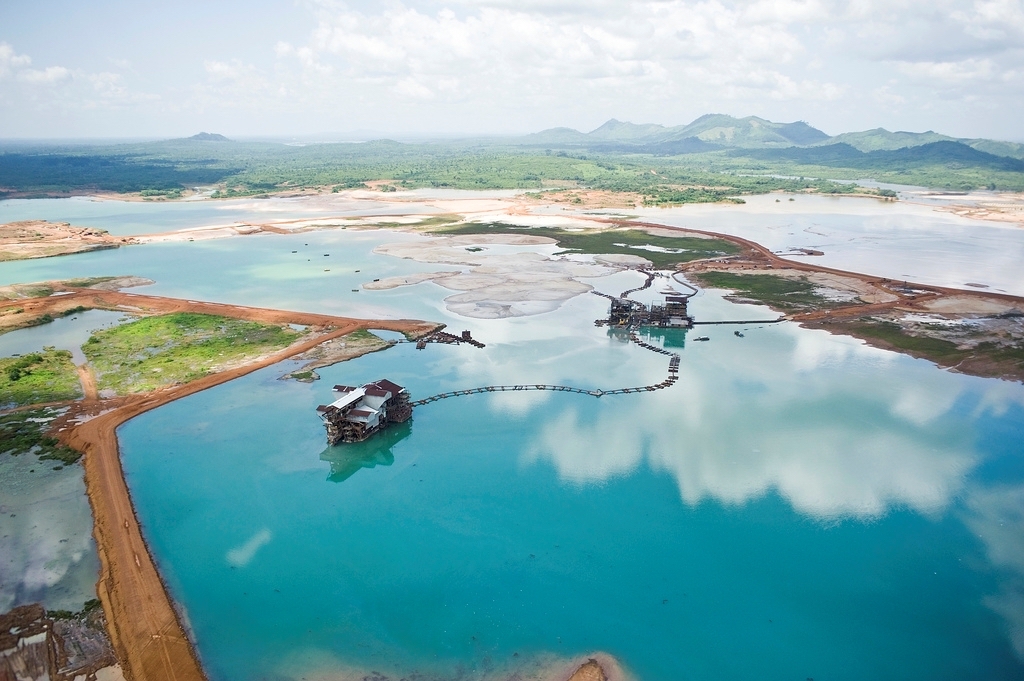Risk Monitoring
Integrating environment into risk monitoring for disaster preparedness

Integrating environment into risk monitoring for disaster preparedness
An understanding of evolving risks is fundamental to a timely and effective response. The analysis of disaster risks informs the planning of a response, while monitoring ensures that the process is responsive to changing contexts. Monitoring provides the basis for early warning, which in turn allows for early action. For risk monitoring purposes, hazards can be divided into three categories: seasonal hazards (such as floods and droughts), evolving hazards (such as pandemics, man-made hazards or conflict) and static hazards (such as earthquakes).
Different agencies and institutions carry out risk monitoring within their own area of expertise, as set out in national disaster management frameworks. The hydro meteorological agency is responsible for weather forecasting, which is used to, for example, inform the response to droughts or extreme weather events. To the extent that environmental institutions have information on risks, they should be communicated to the relevant stakeholders. It is also important that environmental data sources and indicators are included in the risk monitoring framework.
Understanding the current and potential future environmental conditions of a region is essential for an efficient and sustainable response
Risk analysis provides a common understanding and prioritization of risks, and should include existing environmental conditions and threats
Addressing environment as part of preparedness planning lays the foundation for its integration into humanitarian action.
Communicating risks effectively to populations and communities is essential for people to be able to be better prepared and to reduce the damaging impacts of hazards.
Policies supported by institutional frameworks and legal arrangements make up the disaster risk management framework. In order to systematically integrate environmental concerns in humanitarian action, one must consider the institutional arrangements governing disaster preparedness, response, recovery and emergency funding.




